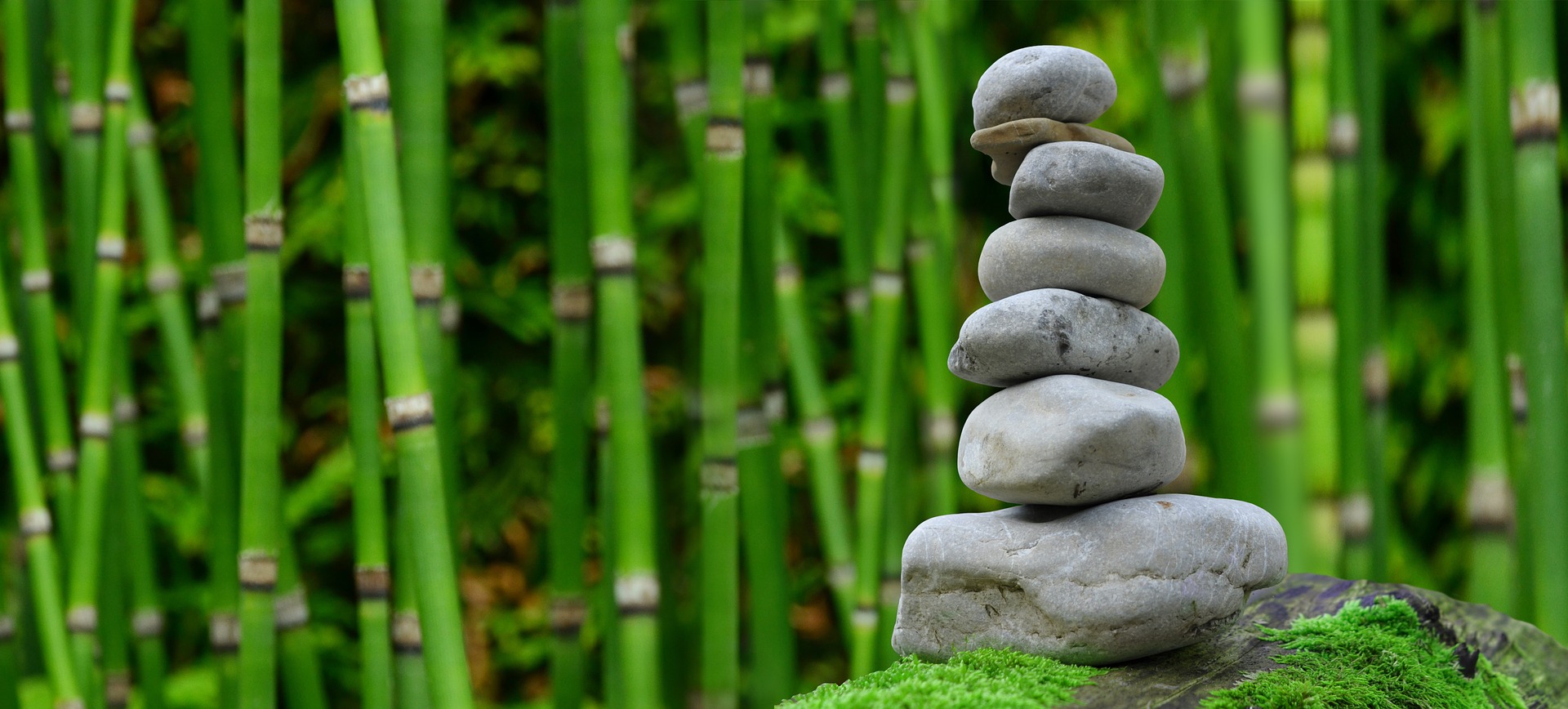My Aching Back…
For years I suffered from Chronic Low Back Pain. The pain varied from slightly annoying to down right debilitating. I found relief from the Yoga Practice I did as a daily ritual for many years, however there were times that I would need to pull myself up by the drip rail on the car to get out of the seat, or have help getting out of bed in the morning, sometimes rolling out onto the floor and crawling to the wall or doorway to climb to a standing position. Yoga did help and for years I was better a lot more than I was worse.
Then the gift of Qi Gong 18 Style was given to me and I began to practice this daily ritual. After about a year, I realized that my low back had not hurt for some time! Wow, what was it about the Qi Gong 18 Style that did what many years of Yoga could not do. Ah Ha! The Qi Gong 18 Style practice had strengthened my back support muscles that were not being engaged when practicing Yoga. The slow and simple movements of Qi Gong 18 Style were allowing all of my muscles to do some work. They were performing the task they were intended to and yet had not done for years. Another Ah Ha! When I stood, it was my “habit” to hyper-extend my knees. Yikes, this shifts all the work to the posterior spinal muscles and allows the anterior muscles to do almost nothing. Over work the exterior muscles, under work the interior muscles and yes you have a sore back. I started becoming aware of when I was hyper-extending my knees, when I realized what I was doing, I would slightly flex my knees and everything would shift and I would stand straighter and taller with support on both sides of my spine.
Some time after making this realization I came across an article that stated in part, “80% of the low back pain is caused by standing with hyper-extended knees.” I am a believer and if you suffer from low back pain, check your stance to notice if you hyper-extend your knees. If you do, flex them and feel the difference. Do your daily Qi Gong 18 Style ritual and strengthen your back.
